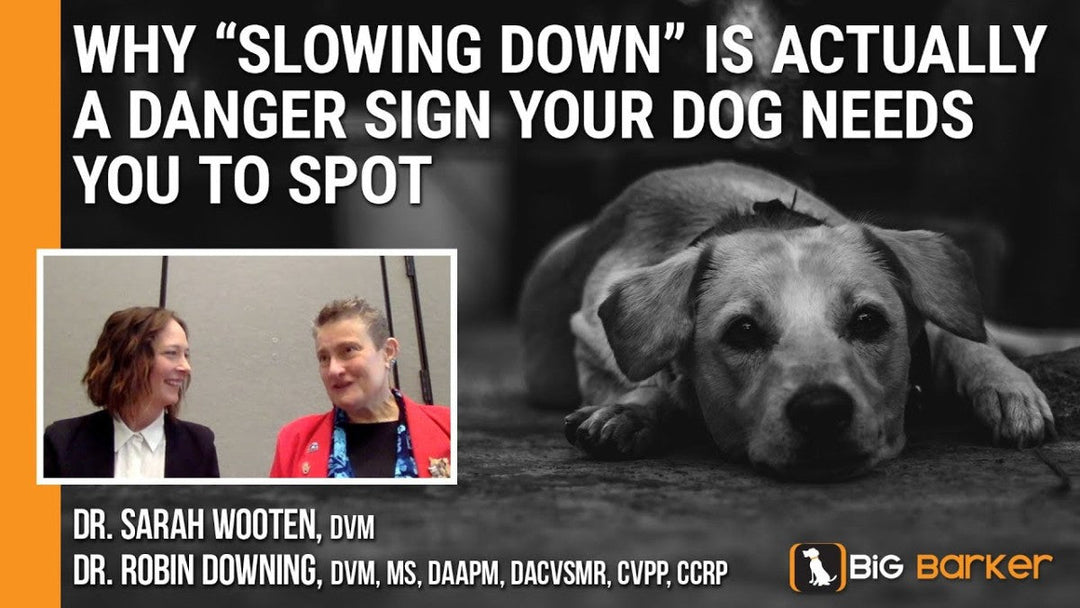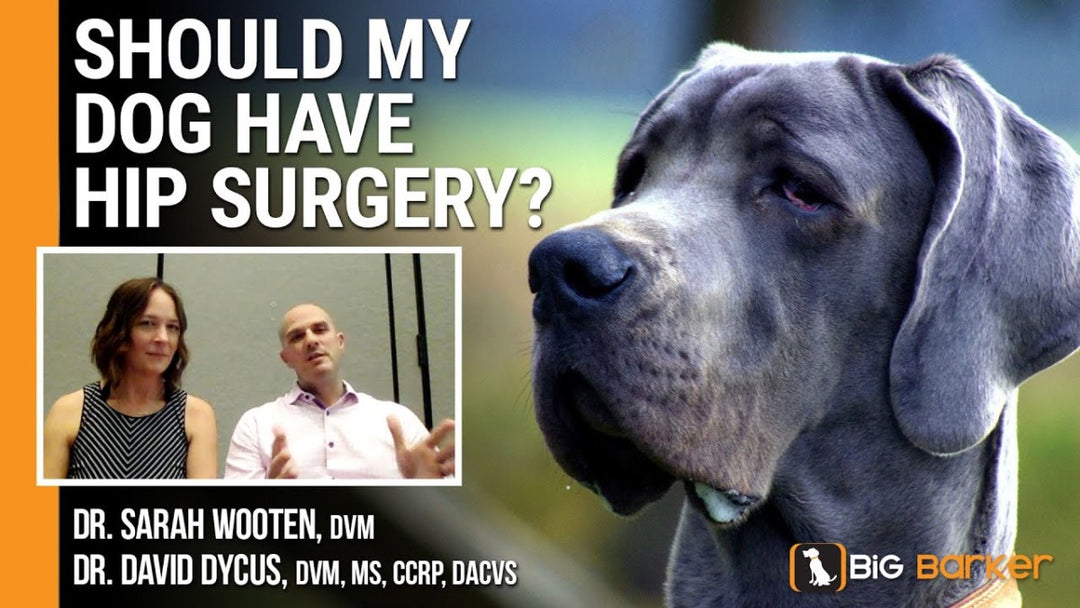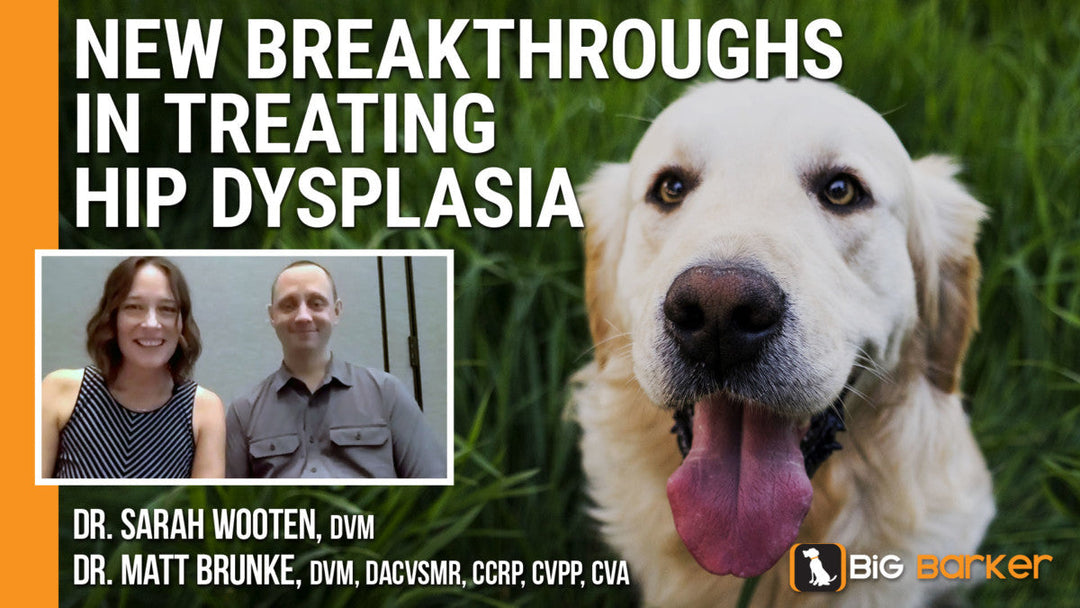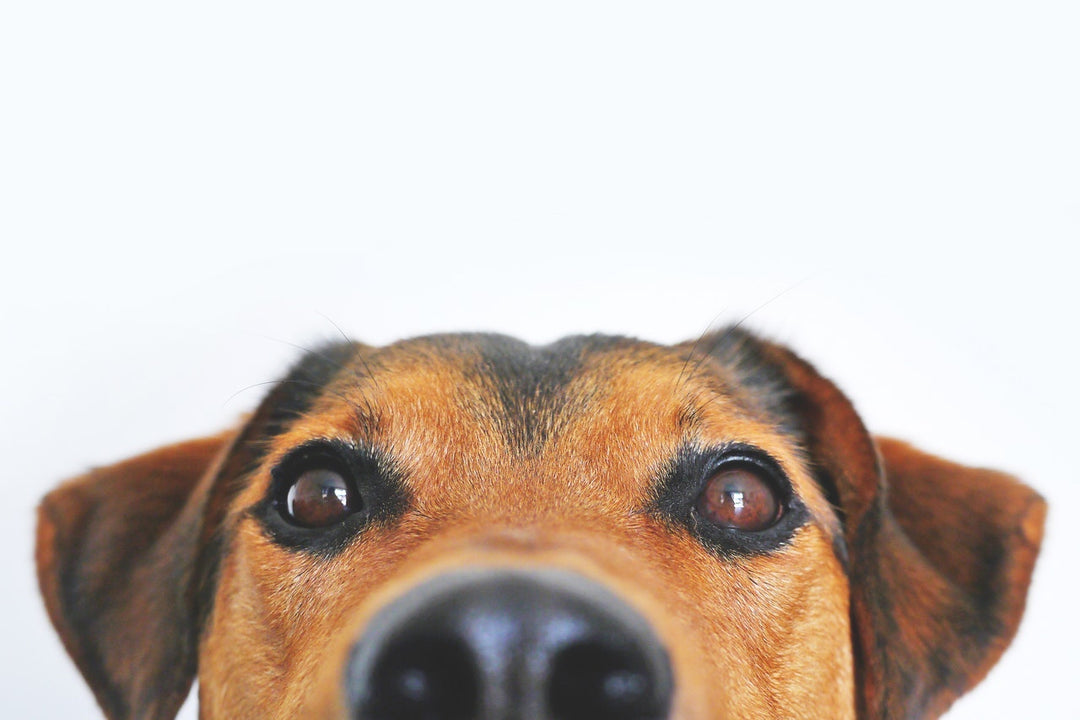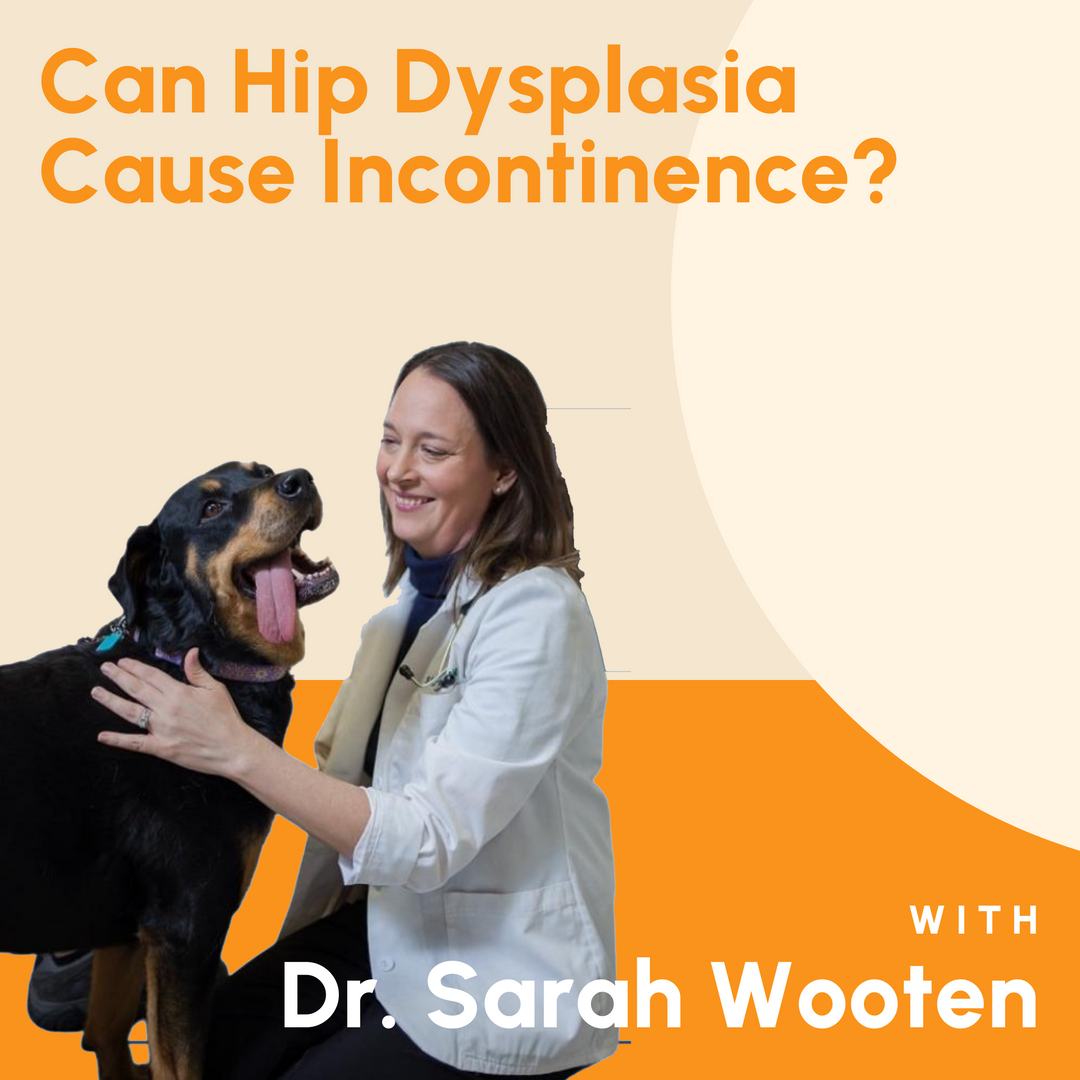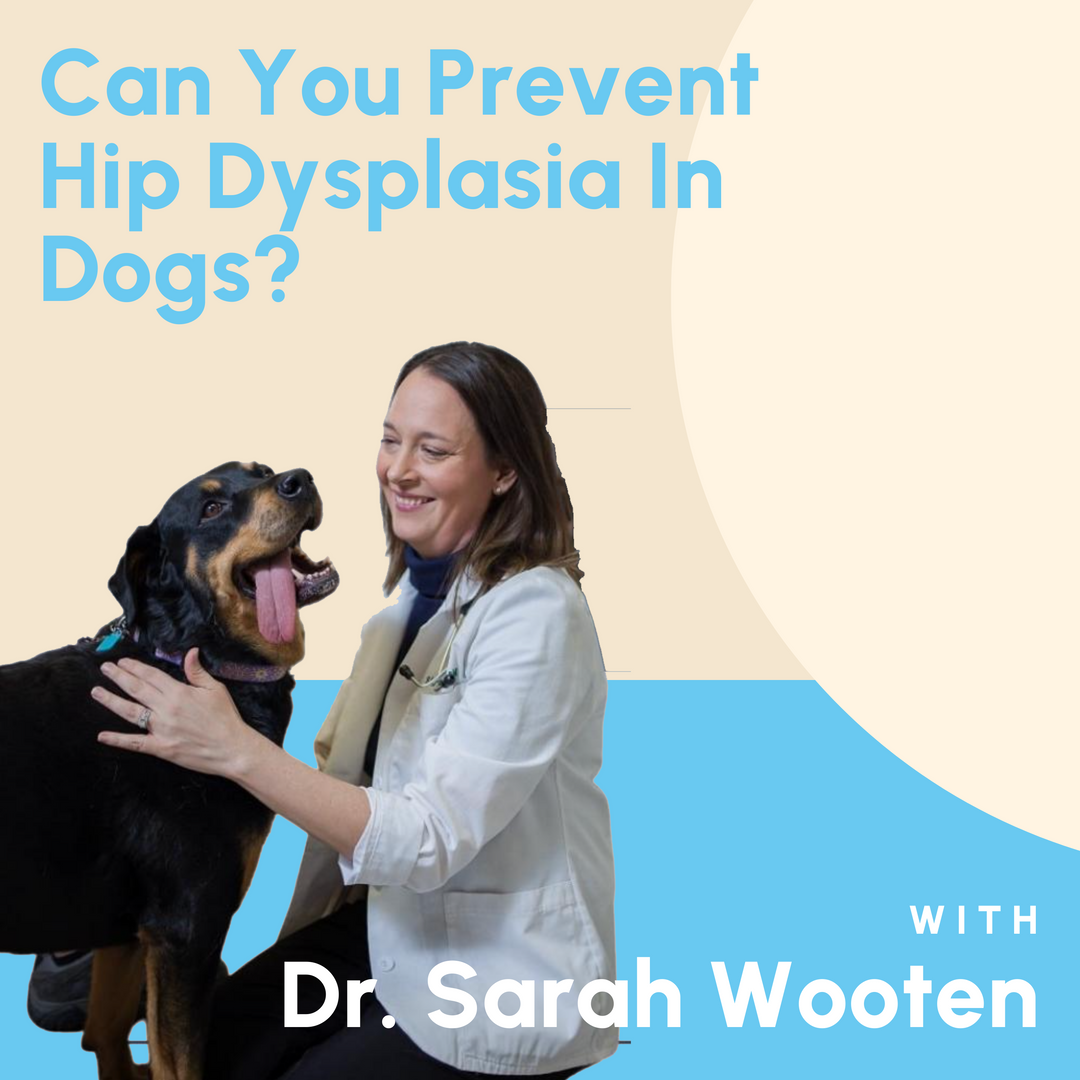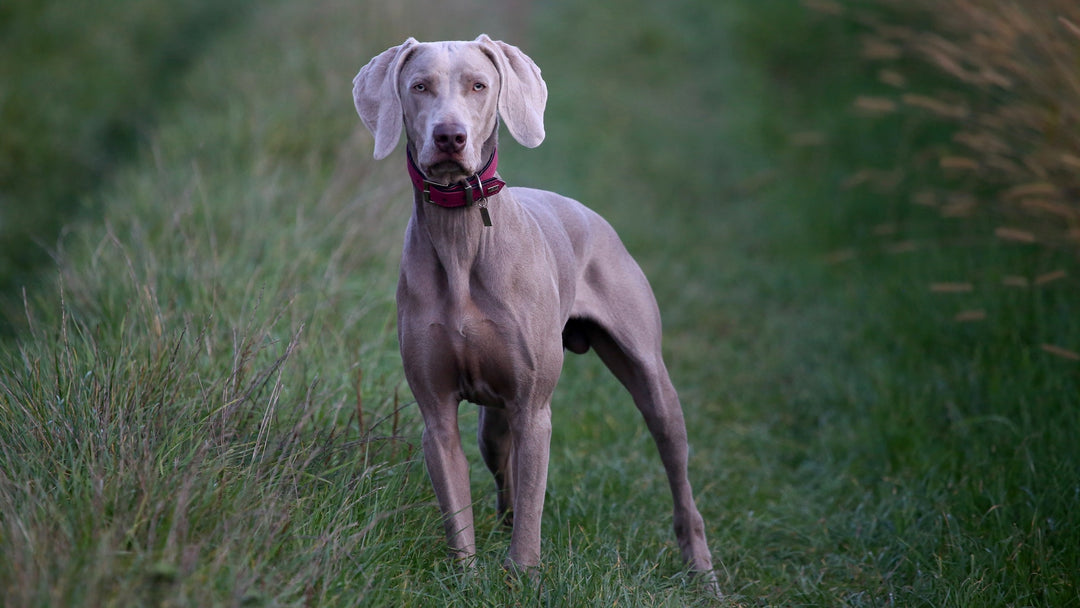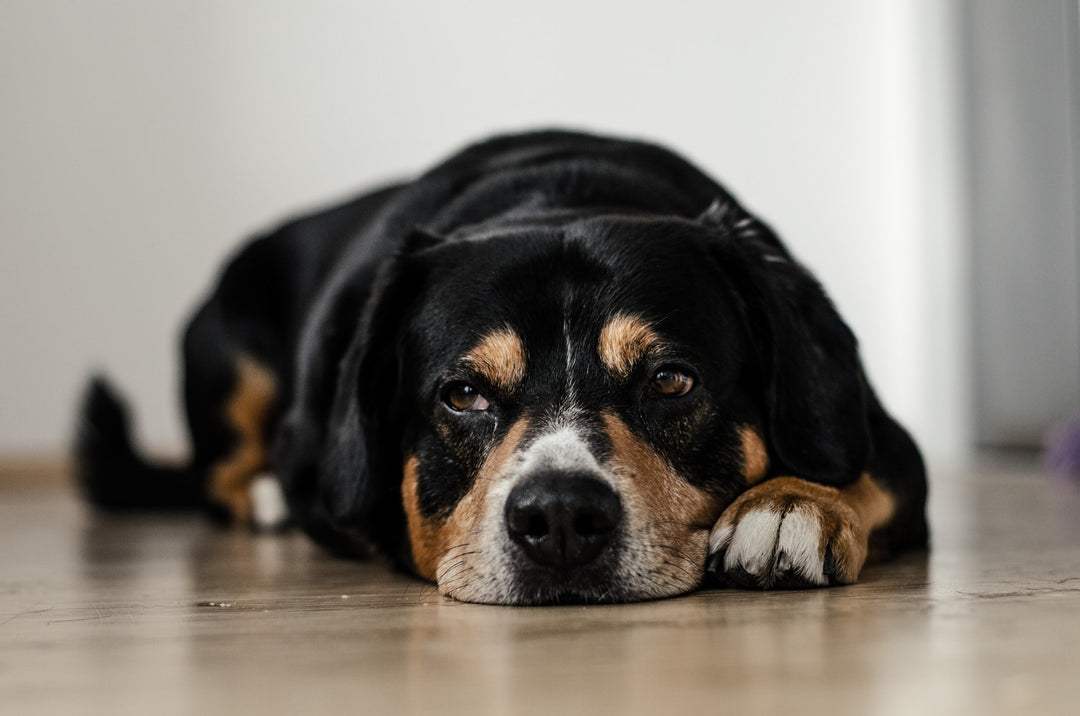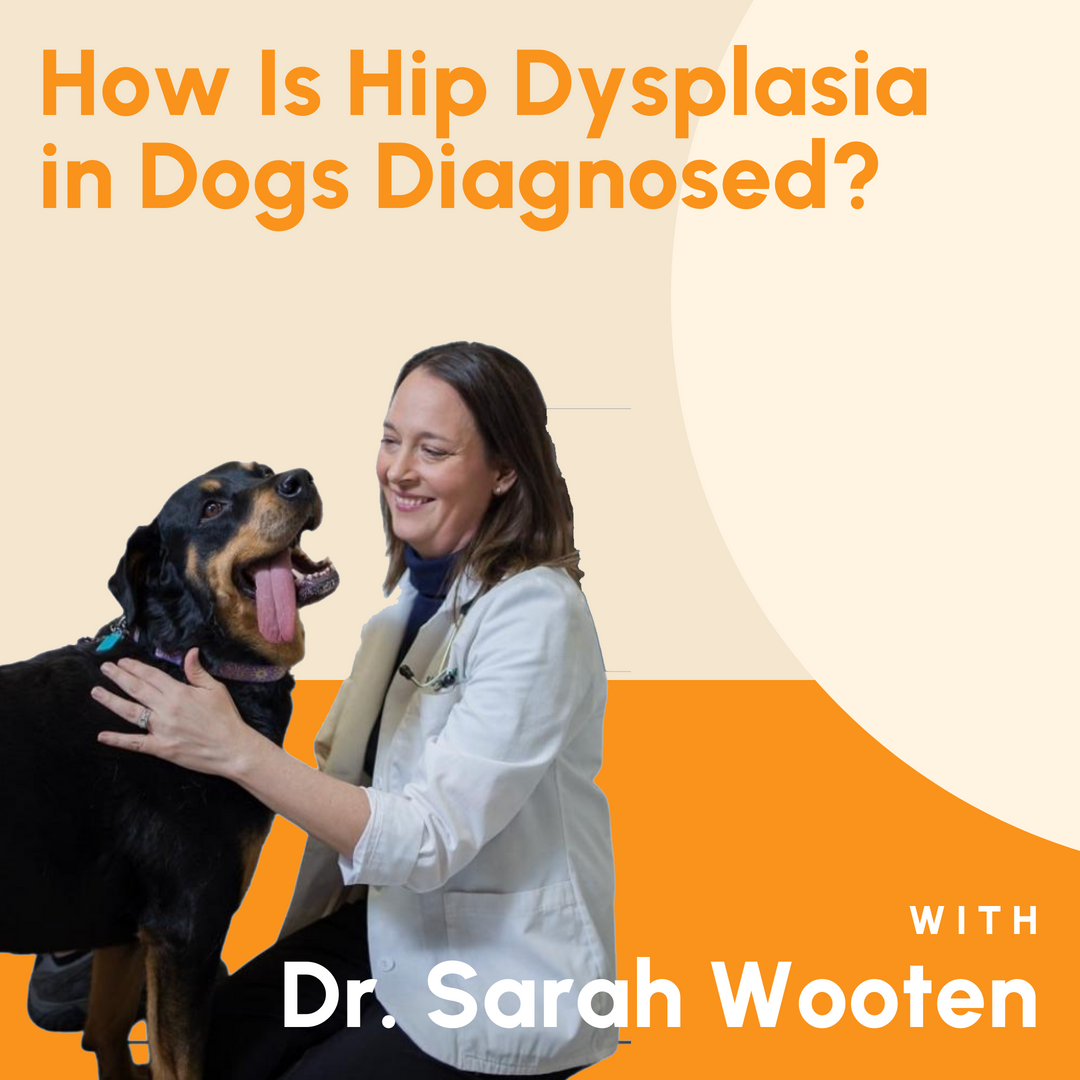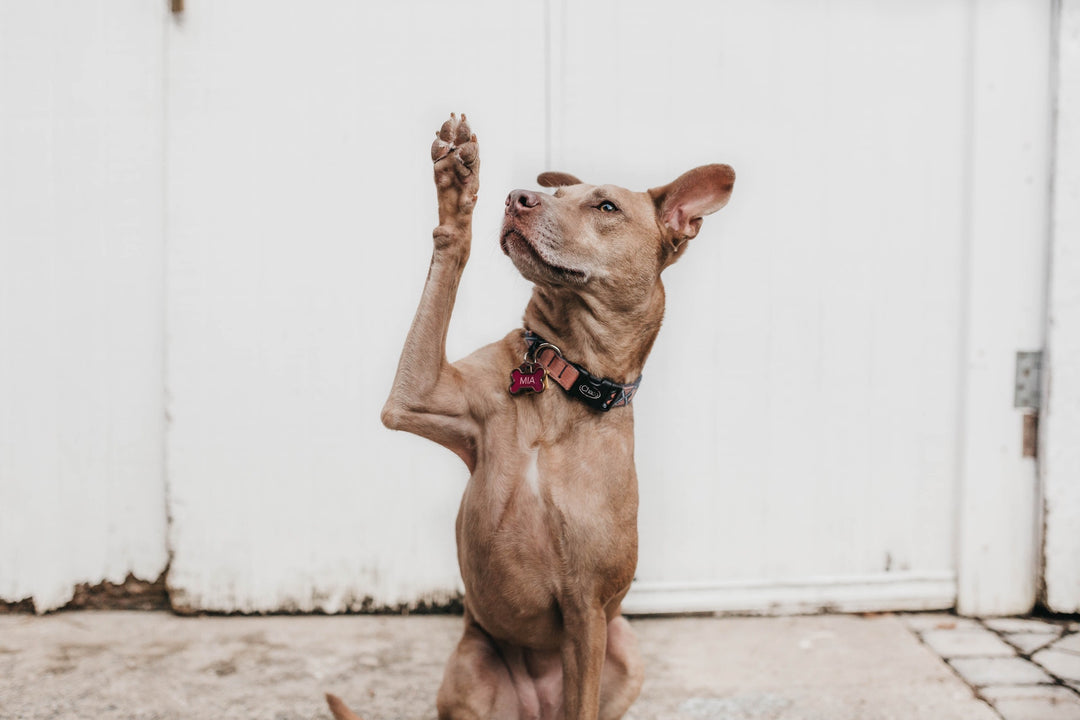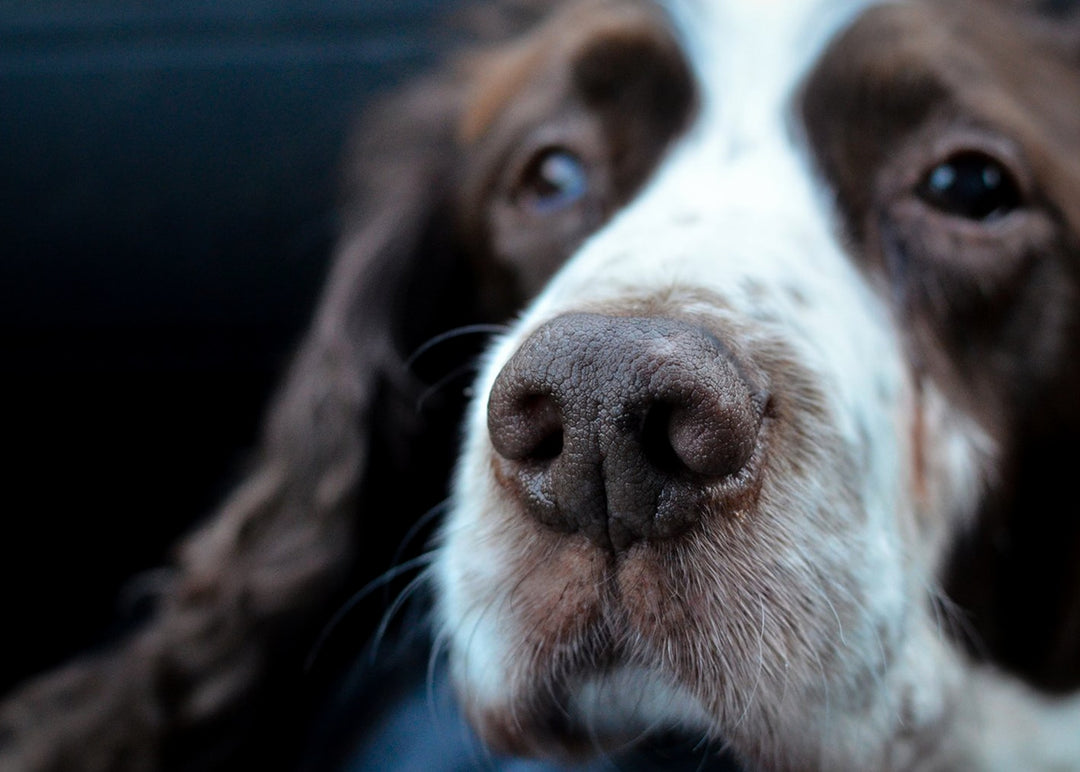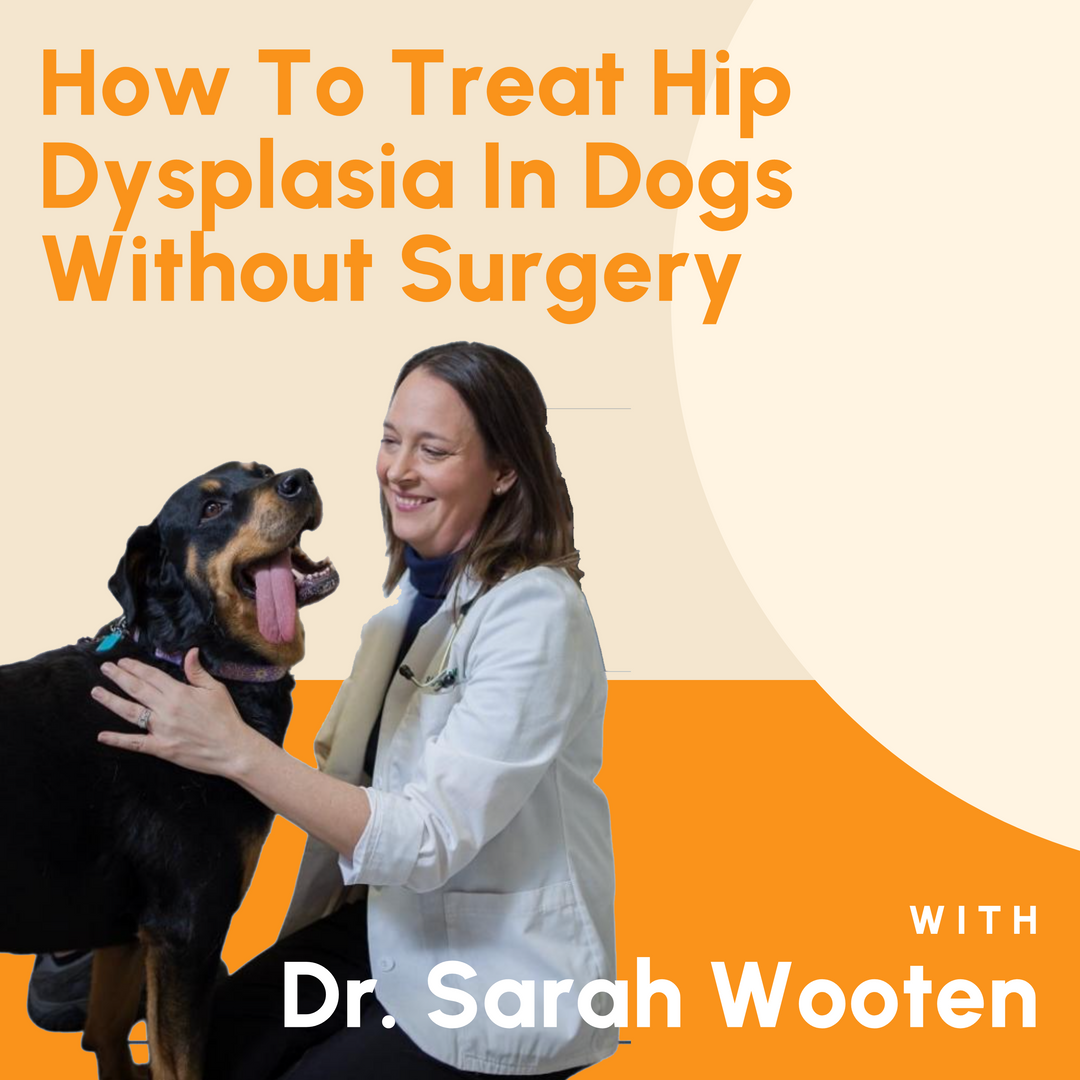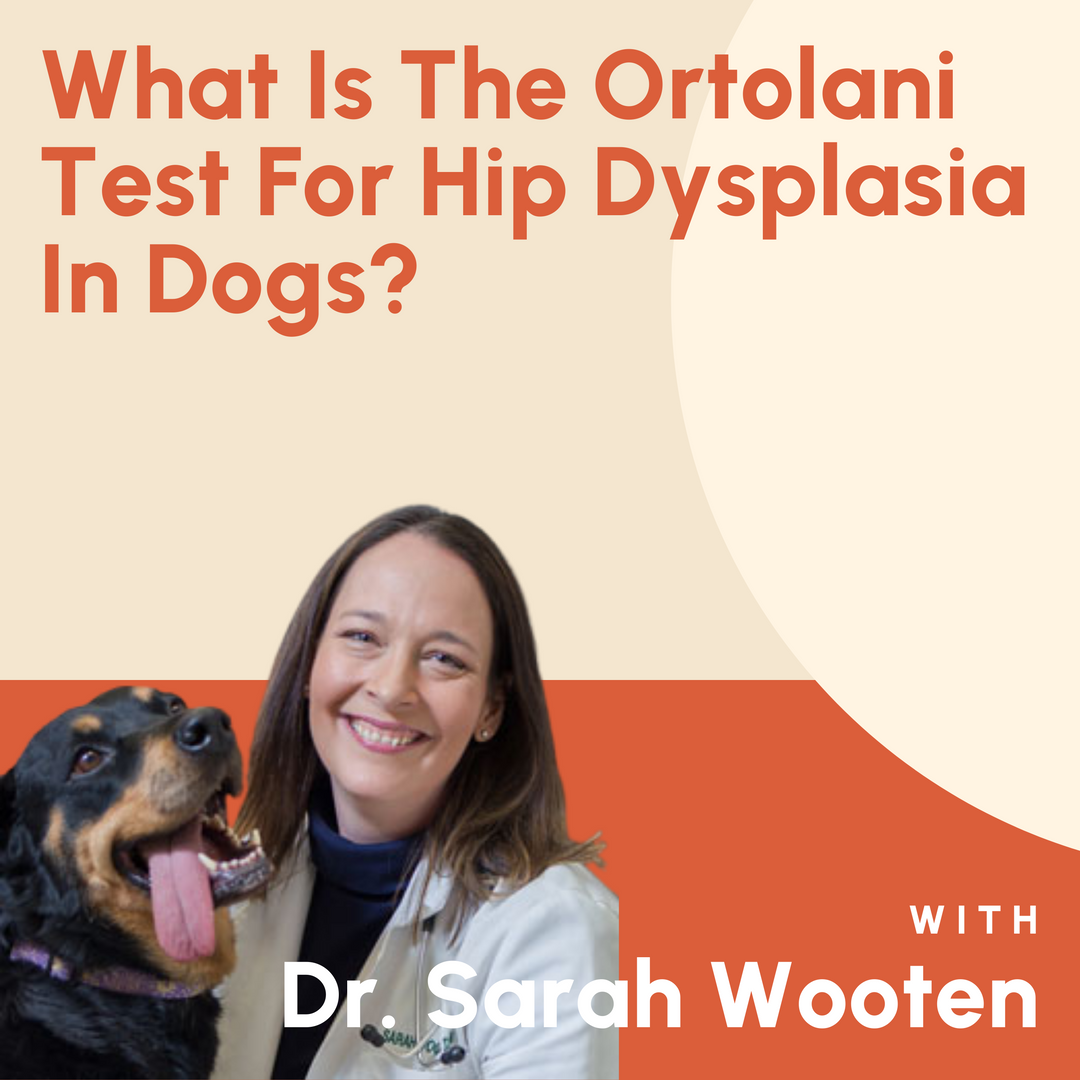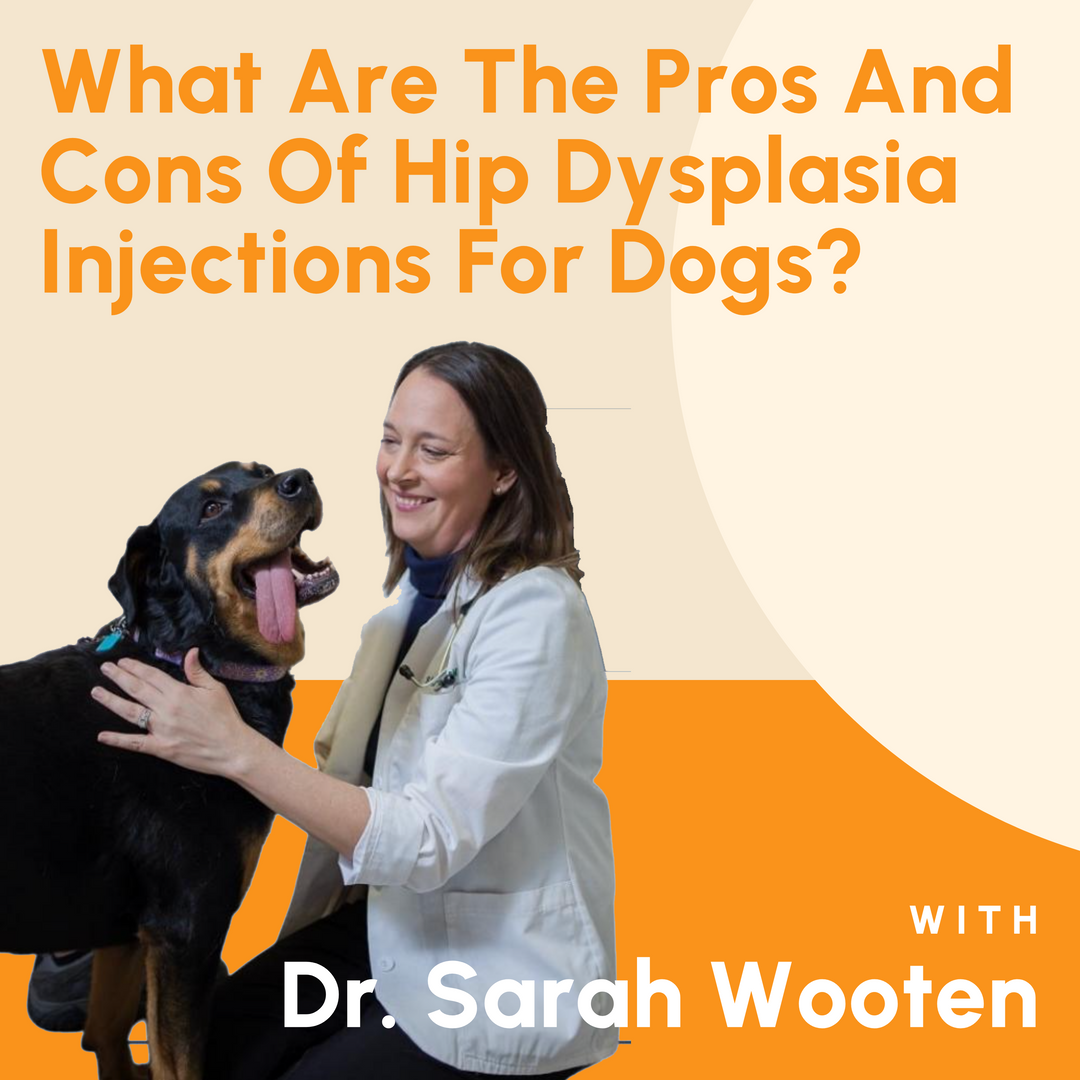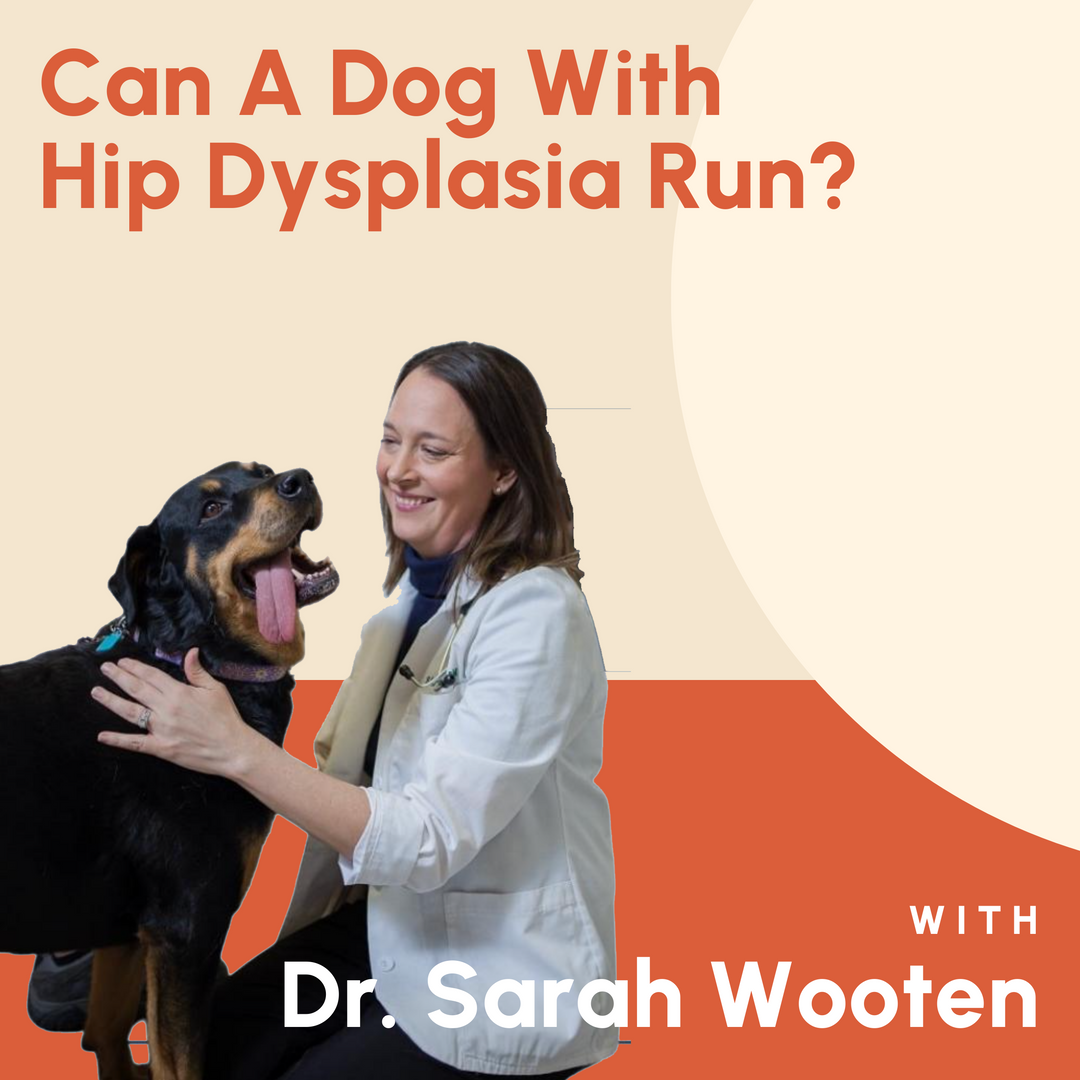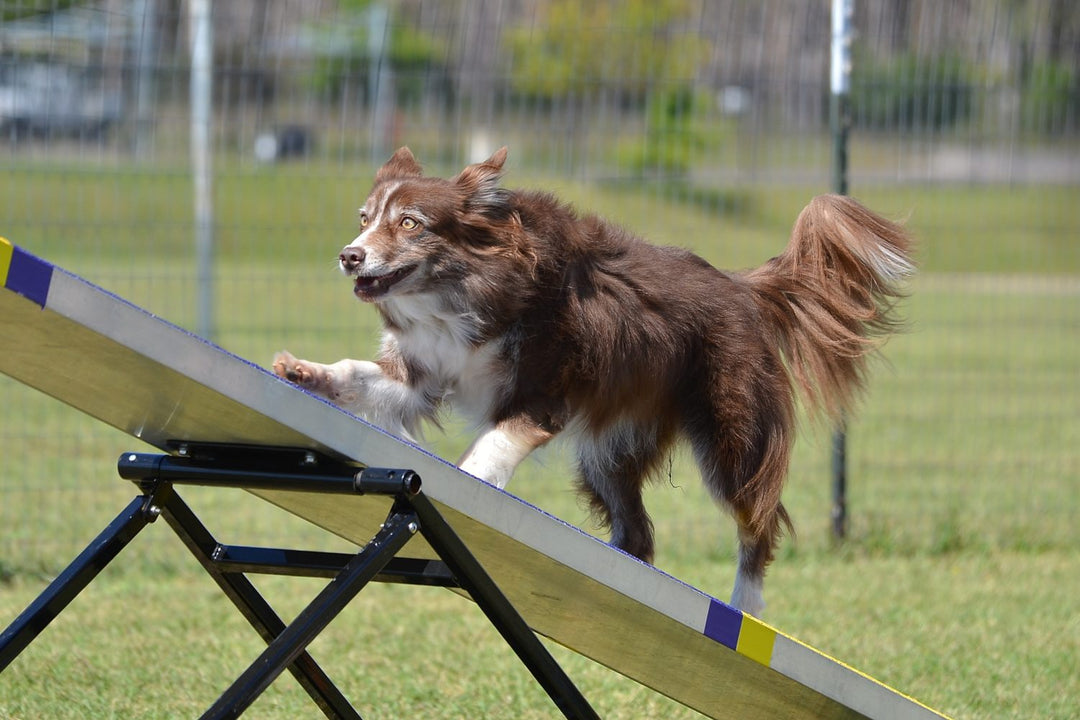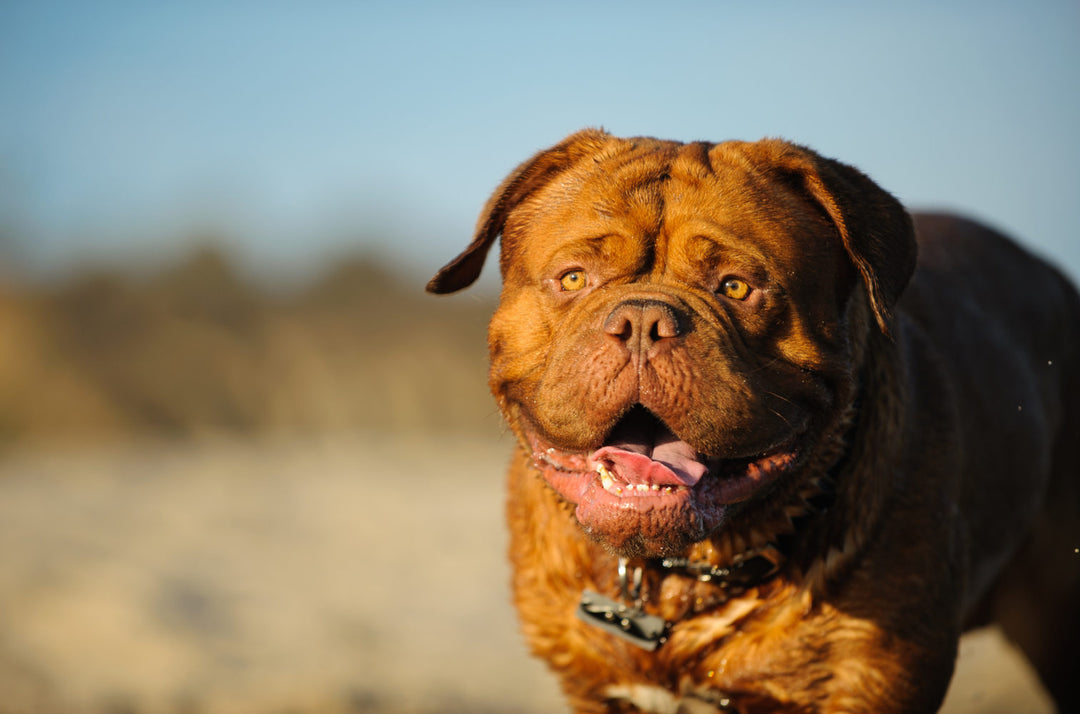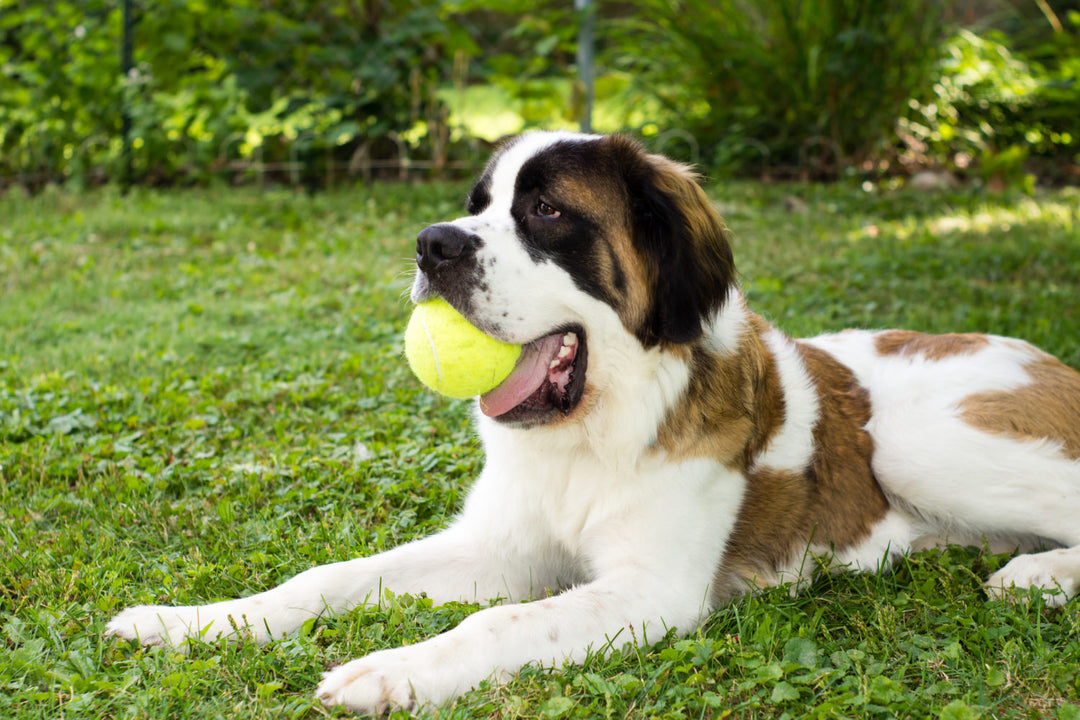Wellness
[ VIDEO TRANSCRIPT BELOW ] Dr. Wooten: Hi there, I’m Dr. Sarah Wooten. I am here with Dr. Robin Downing, and we are here to talk about pain in dogs. So why don’t you let our viewers know who you...
Read about the conversation Dr. Wooten and Dr. Matt Brunke had about the options to help a dog that has hip dysplasia.
Hip dysplasia is an abnormal forming of the hip joint, also known as the ball and socket joint. The joint that connects the pelvis to the long bone of the back leg. This can cause arthritis in that joint and it can cause a dog to be stiff and to have pain and difficulty getting around.
Hip dysplasia is usually present from birth, but oftentimes, we don’t see the signs until later. In that case, it can seem that the dog was normal one day and abnormal the next. It can be scary when it happens, but many times a dog's hip can simply pop out of joint, or they subluxate their hip joint.
There are several things that you can do to try and prevent hip dysplasia in your dog, or any dog that you are considering adopting or bringing into your home, especially puppies. Learn about some of the things that you can do to prevent hip dysplasia.
Hip dysplasia does not necessarily cause any disease in front legs, so it does not cause any developmental problems in the formation of any of the joints in the front legs. However, with severe hip dysplasia, a dog does not want to use their hind legs at all because it hurts.
Learn about the different ways hip dysplasia can affect a dog from expert veterinarian, Dr. Sarah Wooten.
Dr. Wooten discusses the benefits and drawbacks of several different diagnostic methods for determining if a dog has hip dysplasia.
Our expert veterinarian explains six things to do once you've found out your dog has hip dysplasia.
Dr. Wooten reviews options for dogs who aren't able to get up due to hip dysplasia.
Dr. Wooten goes over the impact that hip dysplasia can have on a dog's quality of life.
Dr. Wooten reviews the different ways that you can help your dog if they're suffering from hip dysplasia.
Dr. Wooten explains the Ortolani test and how it can help you determine if your dog has hip dysplasia.
Dr. Wooten reviews the pros and cons of steroid injections, stem-cell therapies and platelet-rich plasmas in the treatment of hip dysplasia.
Check out Dr. Wooten's top 4 tips for what to do if you can't afford surgery for your dog's hip dysplasia.
If you're wondering how hip dysplasia may affect your dog's ability to move, get the facts from expert vet, Dr. Sarah Wooten.
If you’re the owner of a big dog, you may not think of agility as being something you would need to concern yourself with. “Agility” in this context is not about your dog running an obstacle course, it is about keeping him or her active and healthy.
Is your dog overweight? It’s a question, that if you haven’t asked yourself or more importantly your veterinarian, you probably should. #BigDog issues arise, in many cases, when a dog is overweight because it puts additional strain on their bones and joints. As Dr. Carol Osborne said, “your dog should have a waist.”
Dr. Carol Osborne, DVM from the Chagrin Falls Pet Clinic in Ohio spoke with me about some of the health issues that face big and giant dog breeds. We discussed how to properly care for your giant breed dog from puppyhood through adulthood.
